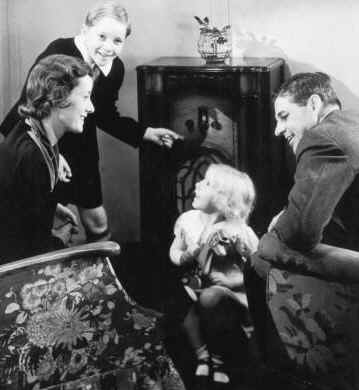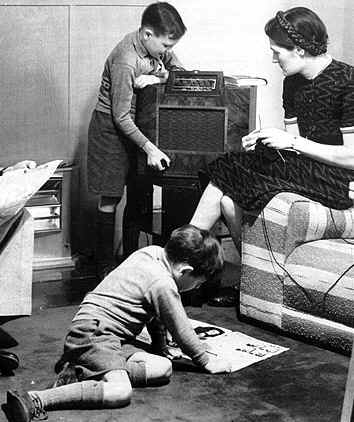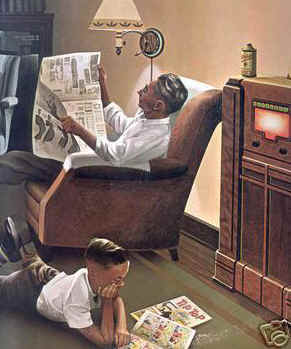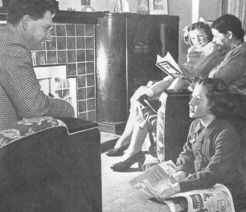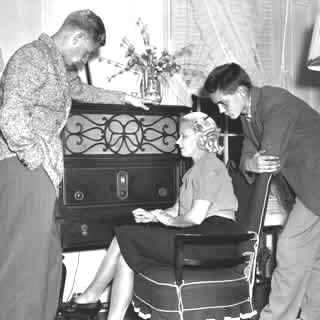A favourite program with many children and adults was Radio drama (or audio theatre.) Radio drama is a form of audio storytelling broadcast on radio. With no visual component, radio drama depends on dialogue, music and sound effects to help the listener imagine the story.
It had its greatest popularity before television was introduced, during the period known as the Golden Age of Radio or Old-Time Radio (OTR) This is the period between the 1920s and 1950s.
Radio drama achieved widespread popularity within a decade of its initial development in the 1920s. By the 1940s, it was a leading international popular entertainment. With the advent of television in the 1950s, however, radio drama lost some of its popularity.
The single best-known episode of radio drama is probably the Orson Welles-directed adaptation of The War of the Worlds (1938), which some listeners believed to be a real news broadcast about an invasion from Mars.
